Imagine flipping through a fashion magazine fifteen years ago. You’d struggle to find a model who wasn’t a size 4, let alone someone with hips or a visible tummy roll. Now, curves are everywhere—from London’s high street billboards to the Paris catwalks. It didn’t happen by accident. This wild shift came at a high cost and with a lot of bravery. Let’s unpack how curvy models went from getting dismissed at casting calls to headlining global fashion campaigns, and what it means for people who never saw themselves represented in glossy ads. There’s more drama, grit, and practical wisdom tucked inside this industry shake-up than most folks realize.
The Roots of Exclusion and the Start of Change
For decades, fashion treated body diversity like an inconvenience. Super-thin silhouettes dominated runways. Designers argued that clothes “hung better” on slimmer bodies—an excuse that stuck for generations. A study from 2006 found that only 2% of models on major runways were considered “plus size” (UK size 16+). Many agencies wouldn’t sign models with fuller figures at all. If you were a curvy woman, options meant catalog work, niche lingerie brands, or nothing at all. Rejection letters, backhanded comments, and suggestions to “lose a bit of weight for next season” haunted aspiring models.
What really set the first sparks was social media. Suddenly, people could follow real women who shared their genuine stories—cellulite, stretch marks, all of it. In 2012, American model Ashley Graham went viral after appearing in a bold lane Bryant lingerie ad. She didn’t look apologetic, and people loved it. Her appearance on the cover of Sports Illustrated Swimsuit in 2016 wasn’t just a personal milestone—it was a cultural reset. The likes of Tess Holliday and Candice Huffine soon gained huge followings. Their message landed: you don’t have to shrink to fit the mold. Brands took notice, partly because social media analytics showed curvy influencers drove ridiculous engagement.
The body positivity movement gained traction in London and across the UK. Local designers like Mary Katrantzou started including plus-size options in their collections. Even legacy agencies, some dating back to the ‘70s, set up new divisions for curvy and plus-size models. The British Fashion Council hosted its first “Diversity in Fashion” symposium in 2017. Big UK names—Marks & Spencer, ASOS, and River Island—launched size-friendly lines and featured real-sized women on packaging and banners. A decade ago, these moves would have been unthinkable.
Today, the old wall between “fashion” and “plus-size fashion” has crumbled. Nowhere is that more obvious than in London’s modelling scene. Bristol-based influencer Felicity Hayward blazed a trail, proving that you don’t have to live in London to make waves. She signed with Milk Model Management and landed campaigns with L’Oreal and Missguided. TikTok and Instagram have become launch pads for new talent, and brands fight for models who connect with fans—regardless of dress size.
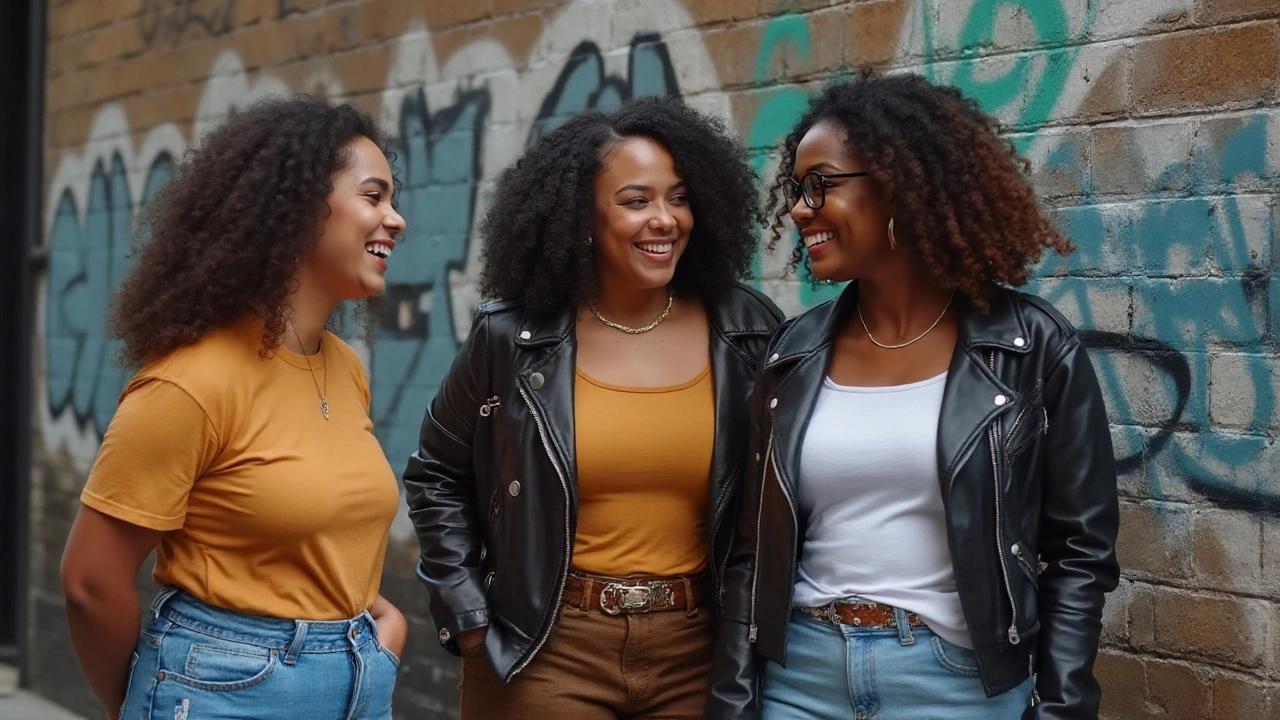
Behind the Scenes: Triumphs and Struggles in a Changing Industry
You’d think that being “in” would make things easier. But the journey for curvy models still takes guts. While agencies love a viral face, real on-the-job bias hasn’t just vanished. Many stylists and photographers have no clue how to dress or pose bigger girls. Sizing is a huge issue: a “plus-size” sample in the UK can be anywhere from a size 14 to 18, even though the average British woman wears size 16. Models often have to bring their own undergarments or sew up samples backstage.
There’s also a weird pressure to look “perfectly curvy”—think a tiny waist and hourglass shape, but without “real” body quirks like rolls or stretch marks. When Ashley Graham shot her SI cover, behind-the-scenes stories revealed major debates about editing her body (she insisted they leave her as she was). The media and fans often treat curvy models as spokespeople for everyone above a size 12, so missteps draw outsized criticism. On top of that, tabloid headlines still run stories about models “gaining too much weight” or “embracing an unhealthy lifestyle”—the old fatphobia sticks around in ugly ways.
Mental health matters just as much as representation. A 2022 UK survey found that nearly half of plus-size models felt pressure to diet before big jobs. Some developed anxiety around castings, worried their bodies wouldn’t match what clients wanted. Support groups and therapy are now regular parts of many models’ lives. Brands are finally waking up to the problem: Dove’s Self-Esteem Project in 2023, for instance, worked with models and influencers to tackle body confidence in youth campaigns. This shift is slow, but it’s happening.
Some practical tips for aspiring curvy models: build your portfolio with a mix of clean headshots and full body photos (unedited!), show variety—swimwear, streetwear, and formal looks help agencies see your versatility. Find agency “curvy board” contacts in the UK—look for places like MiLK, Bridge Models, or Models 1 (& check for their dedicated ‘curve’ page). Practice poses that highlight your best angles but don’t hide your natural silhouette; nowadays, a bit of ‘imperfection’ sells. If you start seeing trolls online, mute and block—they’re not worthy of your attention. The most successful models today stay authentic. Brands want your real story, not just a pretty face in a size 16.
Casting and job opportunities used to be a nightmare. Now, jobs are everywhere—from high fashion e-comm to advertising for fitness brands (yep, curvy models wear gym gear too). Instagram, TikTok and even LinkedIn are decent places to spot opportunities—many new gigs get shared long before they make it to official agency websites. Don’t wait for an agent: many Bristol and UK-based talents land their first deals direct through DMs or tagged open calls. Just make sure contracts have fair pay and don’t sign exclusivity clauses unless you’re certain.
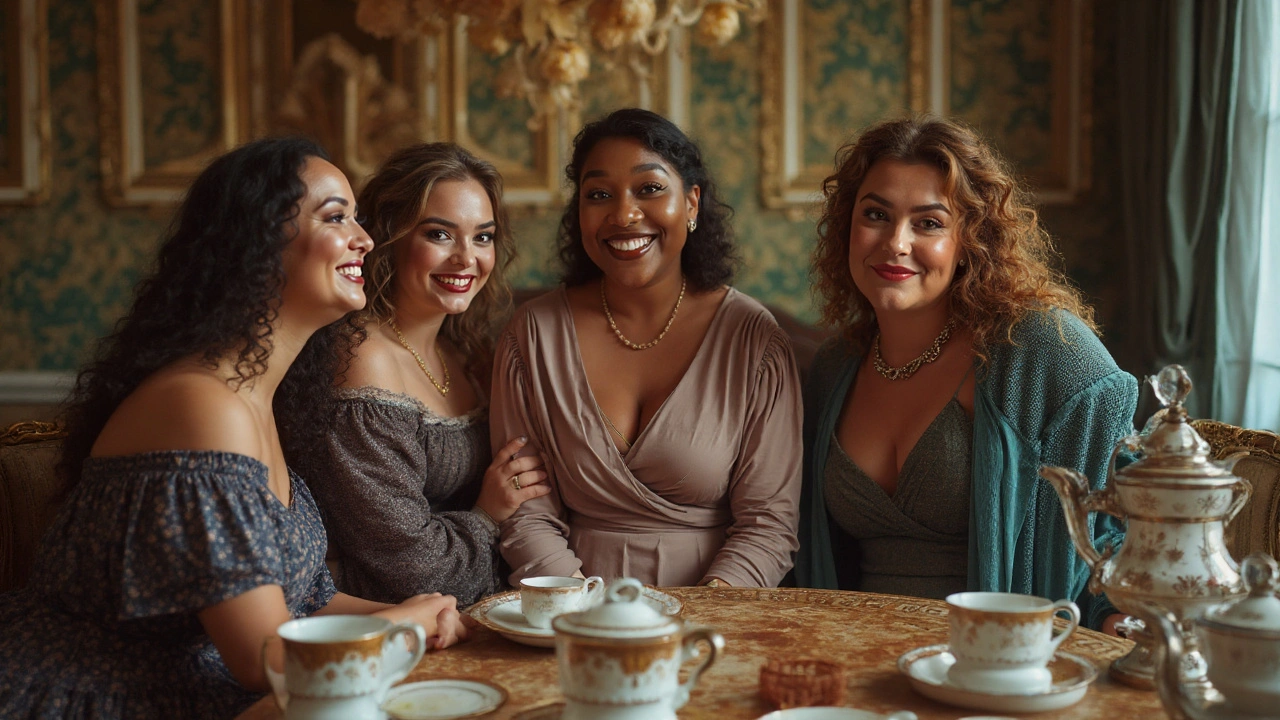
The Impact: Changing Culture, Empowering People, and the Road Ahead
Having curvy models in every part of fashion doesn’t just help the industry—it creates a huge ripple effect in society. Studies from King’s College London in 2023 found teens who saw a variety of bodies online grew up with more confidence about their size. Even pop culture’s shifted: Love Island UK included more body types in recent seasons, and magazine covers from Cosmo to Elle UK now put plus-size models front and centre. The old narrow window of “beauty” looks positively medieval compared to 2025’s lineup.
But the work isn’t finished. Tokenism still lingers—a single curvy model in a lineup of 12 isn’t real inclusivity, it’s box-ticking. Brands sometimes pull stunts like Photoshopping curves onto straight-size models. That kind of thing gets called out instantly online, not just by activists but by regular shoppers sick of feeling left out. There’s also the matter of intersectionality: most famous curvy models in big UK adverts are white. There’s still a way to go before plus-size representation truly includes models of colour, men, disabled and non-binary models.
If you’re a curvy model breaking in right now, keep your network wide—you never know where opportunity will crop up. Connect with other models (Sliding into DMs on Instagram is normal these days), share resources, flag dodgy gigs, and don’t be afraid to call out unfair treatment on public platforms. The community in the UK, especially outside of London in places like Bristol, is tight-knit and supportive. Castings in Europe and even America now hunt for UK “curve” talent, so keep tabs on travel-friendly calls as well.
For brands, authenticity is everything. Featuring a curvy face in a campaign but not selling products above a size 16 doesn’t fly. Consumers talk, share screenshots, and hold companies accountable. On the positive side, genuine inclusion pays off. Marks & Spencer reported a 19% boost in womenswear sales after introducing their curved collection and using real models. When people see themselves reflected in campaigns, they shop with more loyalty—and less shame.
The *curvy models* movement is more than just a trend. For many, it’s about showing up with confidence for the first time, seeing your friends, mum, or yourself reflected in media, and believing fashion doesn’t come with an asterisk. The fight’s not over, but the doors are wide open—and curves are finally front and centre, just where they belong.
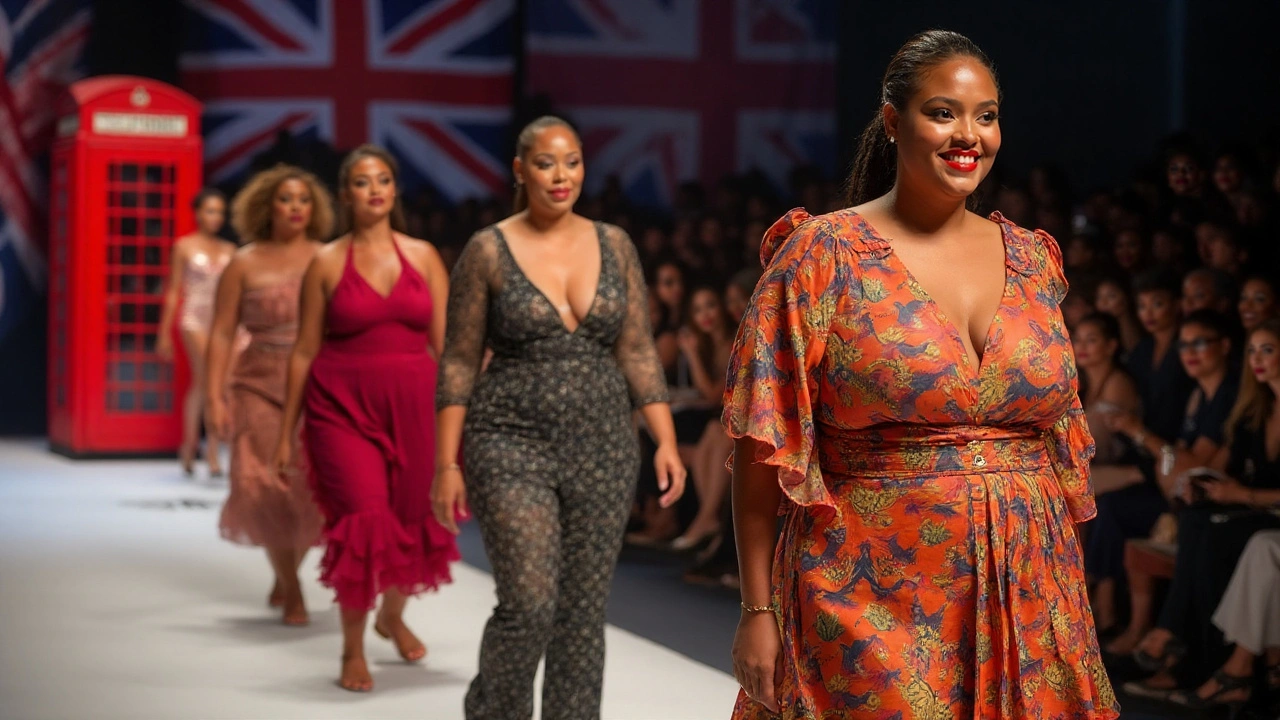

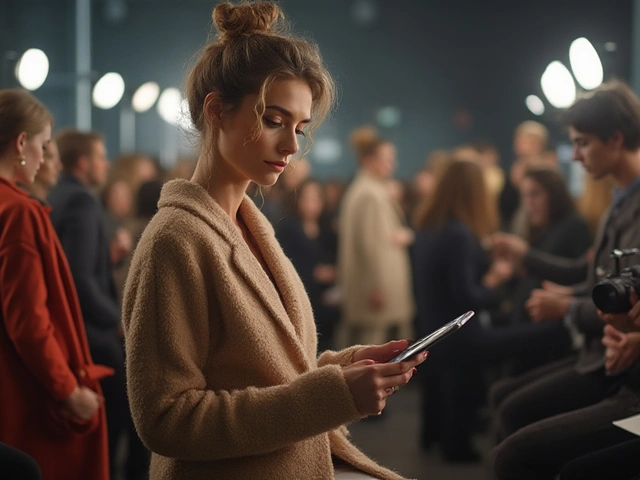
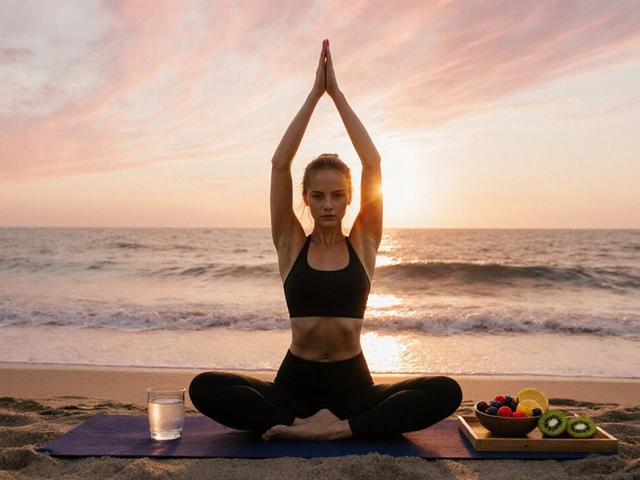
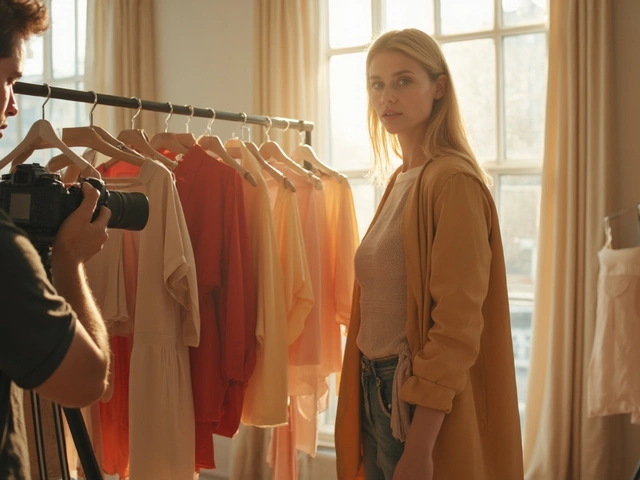


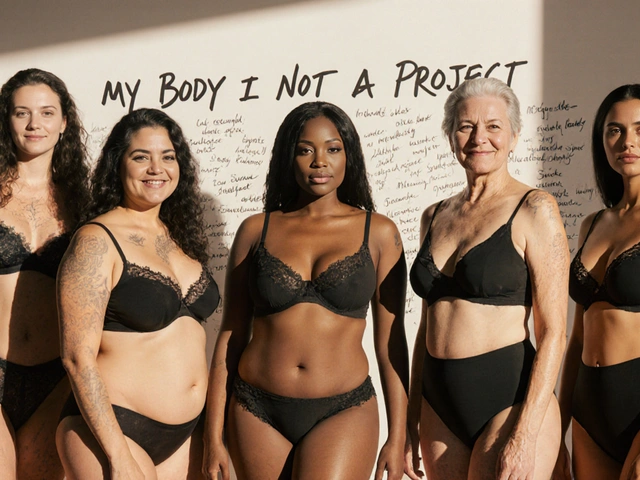
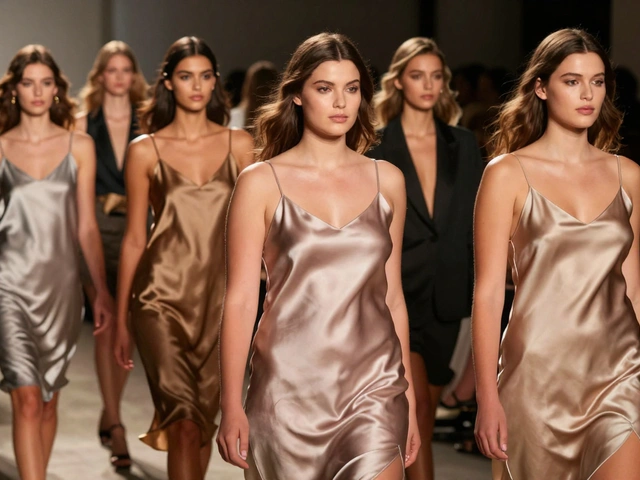
August 3, 2025 AT 13:49
Kelly ¯_(ツ)_/¯
I love seeing progress like this in the fashion industry. For too long, the idea of beauty has been way too narrow and excluding. Curvy models breaking into mainstream modeling is more than just a trend; it’s a sign that the industry is finally beginning to reflect real people and real bodies.
It's refreshing to know that diversity is being valued not just as a buzzword but as a genuine movement. Imagine the impact on young people who have never seen themselves represented before — this kind of inclusion can boost confidence and self-worth.
That said, I hope the industry continues to support models of all sizes, not just as a gimmick but as a permanent shift in perspective. It’s crucial to hold the door open wider and push for lasting change, not just temporary recognition.
What’s your take on how brands can maintain this momentum? Personally, I think transparency in casting and advertising plays a big part. We need to demand accountability, not just celebrate occasional milestones.
Anyway, great post that highlights something important happening. More voices like this are definitely needed.
August 7, 2025 AT 06:59
Amanda turman
Okay, so like, I get it? That society is changing and looking to 'embrace' all these different body types. But is it really about inclusion or just another market ploy by the big fashion brands to sell more clothes? Hmmm.
Whenever I hear about these 'curvy model breakthroughs,' I can’t help but wonder if it’s truly genuine or just surface-level hype. Like who decides what’s curvy enough, and why does the industry still feel obsessed with certain body ideals under the guise of acceptance?
Furthermore, isn’t there a darker undertone here? We keep talking about breaking barriers but aren't we just shifting the standard rather than dismantling it? I sometimes feel this so-called inclusivity is just another kind of box we put people in, a new standard that someone else inevitably fails to meet.
Honestly, the whole thing makes me feel a bit skeptical about how far this movement will really go. Will they ever celebrate true diversity beyond body size? What do you all think?
August 11, 2025 AT 02:56
Casey Brown
It’s really inspiring to see curvy models take center stage and challenge conventional beauty norms. I think it opens doors for so many people who had been sidelined because they didn’t fit into a narrow category.
The fashion industry’s influence on self-image is massive, and having representation across different shapes and sizes can positively affect mental health, self-esteem, and society’s acceptance.
I remember reading about some models sharing how their careers gave them a voice to advocate for body positivity, which is powerful in creating real change. Inclusion helps everyone feel seen and valued.
We all benefit when diversity is normalized rather than treated as something extraordinary or niche. Glad to see this conversation gaining momentum!
August 15, 2025 AT 07:13
Nathan Poupouv
Adding onto this, it’s worth noting that style and fashion have always been fluid and evolving. The fact that curvy models are making waves today is part of a larger cultural shift where people question old norms and appreciate different forms of beauty.
But we have to be real — the commercial side of fashion is complex. It’s not always purely about progress; sometimes it’s about what sells. That doesn’t invalidate the positive impact but helps us stay grounded about what’s behind the scenes.
Still, even if driven by business, increased visibility of curvy models changes consumer expectations and pressures brands to diversify. It becomes a cycle of improvement.
Personally, I’m curious how this will look in the future. Will we have more body-neutral or truly custom approaches that don’t try to fit people into predefined molds?
August 19, 2025 AT 05:56
Paul Waller
It’s encouraging to see the industry embrace curvy models more openly. This shows a shift in mindset but also a recognition that consumers want to see themselves reflected in what they buy.
That said, we should keep pushing for even more inclusivity, beyond weight and shape — considering race, age, gender identity, and other factors too.
True progress means no one feels left out or tokenized. It's a big cultural movement, and each step matters.
August 23, 2025 AT 04:39
Nathan Hume
🤔 I find it fascinating that the fashion industry, often criticized for rigid standards, is now a platform for diverse representation. This is a philosophical shift as much as a commercial one.
When curvy models break barriers, it’s not just about aesthetics; it challenges deep-rooted notions of beauty and conformity. This is an opening for more authentic self-expression in society at large.
👏 The change has ripple effects — expanding how we value difference and encouraging empathy for varied experiences.
Hope this trend continues and expands into even more inclusive directions because that’s how culture evolves positively.
August 27, 2025 AT 03:23
Dennis Collins
Yes!!! Finally some progress!!
The so-called 'fashion norms' have been stuck in the past for too long, pushing a single, unrealistic image of beauty. The impact on everyday people’s self-esteem has been brutal.
This isn’t just about looking good; it’s a movement about acceptance and respect. Fashion should celebrate all types, dig? Everyone deserves to feel confident wearing what they want.
But hey, the industry often falls back into old habits — just cuz one or two designers feature curvy models doesn’t mean the systemic problem is solved. We gotta keep calling it out.
I’m all for more representation as long as it’s authentic and consistent, not just gimmicks to boost sales. End of rant!!
August 31, 2025 AT 02:06
Erin Martin
This article raises significant points. Inclusivity seems to be gaining ground in fashion, and that is undeniably positive.
However, one must consider whether these changes are sufficiently comprehensive or primarily symbolic gestures that appeal to social trends.
The reinforcement of an inclusive industry must extend beyond body type to other marginalized identities for true equality.
Nevertheless, the platform that curvy models now have is a step forward in challenging outdated beauty notions. Continued advocacy and reflection are necessary.
September 1, 2025 AT 20:53
Kirsty Edwards
Again with the wokeness in fashion. Lol. Everyone’s just trying to make a buck, pretending to care. Like really, what’s next? Are they gonna start hiring models based on personality or smth?
All this talk about 'breaking barriers' sounds exhausting. People love to romanticize industry changes but at the end of the day, beauty standards evolve because it’s profitable, not because brands woke up one day.
That said, I’m not denying some positive effects, but don’t act like it’s the revolution none of us asked for.
September 2, 2025 AT 13:16
Kerri Tarrant
This topic is so important, and I appreciate the discussion it’s generating here. Diversity in modeling not only reflects societal shifts but empowers people to embrace their own uniqueness.
Real progress comes from consistent representation and challenging implicit biases behind the scenes in casting and brand culture.
Models who break through stereotypical standards offer visibility that can be life-changing for many, particularly youth struggling with body image.
It’s heartening to see inclusivity talked about seriously, and I hope the industry continues evolving with transparency and real commitment.